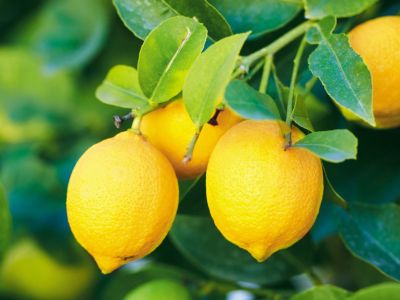Many of us start our day with some fruit. Fruit that is yellow comes in many forms and flavor dimensions. Some of our most popular foods are fruits, such as yellow tomatoes. These are common in savory dishes. But most fruits are sweet or tart and used fresh or as part of desserts. Learn about yellow fruit varieties and add this important category of food to your dishes.
Which Fruits are Yellow?
A quick scan of the produce department will identify yellow fruit varieties. Going to a specialty store such as an Asian market will introduce you to even more, such as Durian. Pretty much everyone has seen many types of yellow apple, bananas, lemons, plums, and figs. Due to plant breeding, it is now possible to find fruits that were traditionally a certain color, in different hues. Deep red raspberries are now in a golden hue. Yellow fruits are popular due to their flavor but also their nutrient density. Most contain lycopene, Vitamin C, potassium, and Vitamin A. These boost the immune system, build strong bones, and help lower LDL cholesterol. Plus yellow foods are a perfect complement to other food colors.
Fruit That is Yellow
International fruits may not always be available in our supermarkets but shipping brings these exotic foods to our tables from specialty markets. Some fairly easy fruits that are yellow are:
Papaya Guava Persimmon Pineapple Starfruit Pummelo Banana Lemon Ugli Fruit Durian Yellow Tomatoes Yellow Peppers Yellow Apple ( Golden Delicious for example) Fig Pear Yellow Watermelon Golden Kiwi Plum Achacha Golden Raspberry Maypop ( Passionfruit) Cape Goooseberry
Tips on Growing Yellow Fruit
Most fruit trees, bushes, and vines need consistent sunshine. They also need well draining soil with a substantial amount of nutrients. Fruits are generally juicy. To get them that way, give the plant plenty of water during fruit formation, but don’t keep the soil soggy. For sure-fire success, select varieties that are native to your region, or those that are in your hardiness range. If you want to try some exotic species, keep them in containers indoors during the cold seasons. There are many dwarf varieties of citrus that are perfect as houseplants. Don’t forget to fertilize and treat for pests and fungal disease annually.
